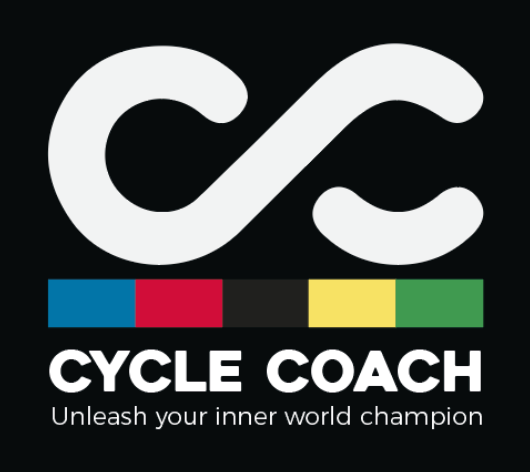The Science of Building Endurance: How to Increase Your Time in the Saddle
Introduction: If you want to take your cycling performance to the next level, building endurance is key. Endurance not only helps you go further, but it also enables you to recover faster and ride at higher intensities for longer periods of time. In this article, we will discuss the science of building endurance and provide you with tips and strategies to increase your time in the saddle.
Explanation of the Science behind Building Endurance: Endurance is not just about going slow for long periods of time. It requires a combination of cardiovascular fitness, muscular endurance, and mental toughness. Building endurance is different from building power, which is about increasing the amount of force you can generate in a short period of time. To build endurance, you need to train your body to use oxygen more efficiently, improve your lactate threshold, and increase your mitochondrial density.
Tips for Building Endurance: There are several ways to build endurance, including long, slow rides and interval training. Long, slow rides help to increase your cardiovascular fitness and improve your ability to use oxygen efficiently. Interval training, on the other hand, helps to increase your lactate threshold and mitochondrial density. By alternating between periods of high-intensity efforts and periods of recovery, you can push your body to adapt and improve.
Nutrition and Hydration Strategies for Improving Endurance: Proper nutrition and hydration are critical for building endurance. You need to fuel your body with the right nutrients before, during, and after your rides. This includes consuming enough carbohydrates to fuel your efforts and protein to support muscle recovery. Hydration is also essential, as even mild dehydration can significantly impact your performance.
Pacing Yourself during Endurance Rides and Events: Finally, it's essential to pace yourself during endurance rides and events. Going out too hard too soon can lead to early fatigue and reduced performance. Instead, aim to start at a comfortable pace and gradually build up your effort over time. By pacing yourself properly, you can conserve energy and maintain a steady pace throughout the ride.
Conclusion: Building endurance is key to improving your cycling performance. By understanding the science behind endurance training and implementing the tips and strategies outlined in this article, you can increase your time in the saddle, ride farther, and recover faster. Keep in mind that building endurance takes time and dedication, but with patience and consistency, you can achieve your cycling goals.
"Start implementing these tips and strategies to improve your cycling endurance today. Remember that building endurance takes time, so be patient and consistent with your training. If you need help reaching your cycling goals, don't hesitate to contact us for personalised coaching and support. Let's unleash your inner world champion together!"
